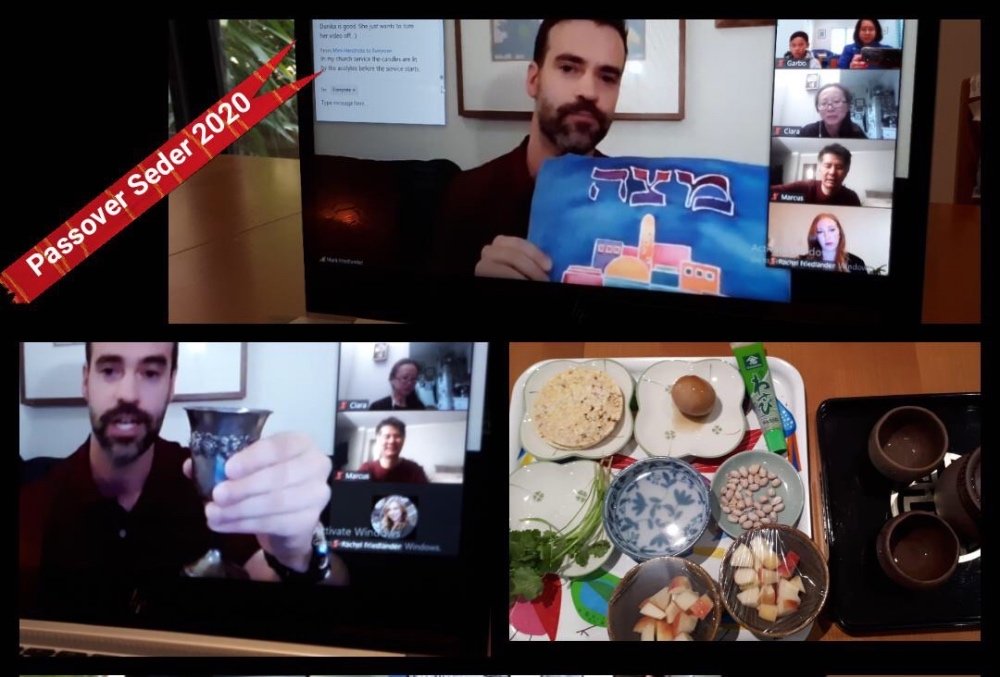For thousands of years, Passover has been celebrated as one of the most important events in the Jewish calendar. The traditional meal is typically eaten with friends and family together. However, in a time of isolation and social distancing in New York, this sacred celebration has been adapted virtually via video conferencing. What began as problem that threatened to cancel the event has led to a solution that has brought together people from all over New York, the US, and even as far away as Australia.
It was just four years ago that I experienced my first Passover Seder with a group of 10 friends from church. This Jewish, ceremonial dinner follows a very specific order of readings, symbolic actions and the eating of foods that represent key elements of the exodus from Egypt.
“The solution came by using video conferencing app Zoom…Now a virtual table featuring dozens of faces could be accessed on the computer screen. Each participant, in their own homes, prepared their own individual Seder plate.”
Every meal features a Seder plate with Matzah (unleavened bread), an egg, bitter herbs (usually a strong horseradish representing the pain of enslavement), a sweet paste and wine that is all consumed symbolically. The whole experience was a revelation that shed a new light on many aspects of the Christian faith. Many of us marvelled at how a ritual that has endured for millennia points so clearly to the Gospel.
Since that experience, we have hosted a Seder every year, and numbers grew from the initial 10 to 20, which is the maximum that could fit around a table in the limited space of New York City. This year, plans for Passover were thrown into disarray by the COVID-19 restrictions and there was the very real possibility of a complete cancellation. For it is one thing to hold a church service or a Bible study digitally, but how does an online dinner work with responsive readings, communal singing and the simultaneous eating of symbolic elements?
Read the article by Marcus Cheong in Sight Magazine.

